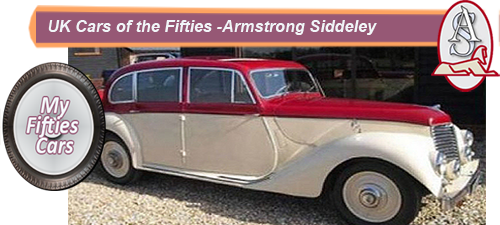
Armstrong Siddeley began their operation immediately after the end of World War One in the Midlands city of Coventry.
Always prestigious, Armstrong Siddeley evolved from the Siddeley Deasy company, a partnership between Captain H. P. Deasy, founder of the Deasy Motor Company in 1906 and J. D. Siddeley (who later went on to become the Baron of Kenilworth).
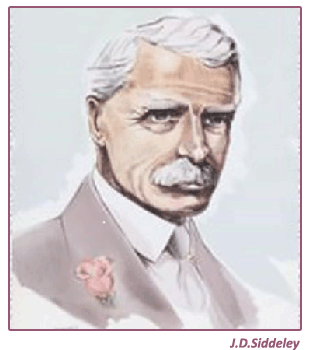 Siddeley Deasy soon earned themselves a reputation for producing medium-range family saloons, although the company also successfully did diversify into the production of commercial vehicles during the Thirties.
Siddeley Deasy soon earned themselves a reputation for producing medium-range family saloons, although the company also successfully did diversify into the production of commercial vehicles during the Thirties.
As hostilities were grinding slowly to a close at the end of World War One, J. D. Siddeley, now entirely in charge at Siddeley Deasy, began to implement his plans for the future of the company.
The first parts of J.D.'s plans was to import cars from the United States, with a marketing arrangement tied up with the Marmon company, while at the same time, gradually developing new models to be produced in the company's plant, then situated in Staines, Middlesex.
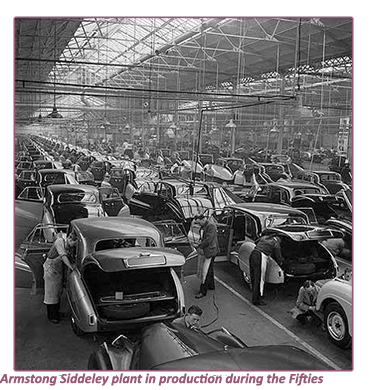
 During the early Twenties, Siddeley, on the lookout for working capital and new opportunities, formed a working association with the Armstrong Whitworth Company.
During the early Twenties, Siddeley, on the lookout for working capital and new opportunities, formed a working association with the Armstrong Whitworth Company.
![]()
This arrangement worked so well that the two companies amalgamated to become Armstrong Siddeley Motors Ltd, almost immediately transferring production to a brand-new factory in the Parkside region of Coventry.
 In 1935, Armstrong Siddeley underwent some major reorganisation when their thriving aircraft and engine building divisions were absorbed by Hawker Aircraft.
In 1935, Armstrong Siddeley underwent some major reorganisation when their thriving aircraft and engine building divisions were absorbed by Hawker Aircraft.
This meant that the company would have the time as well as the capital to specialise in producing cars.
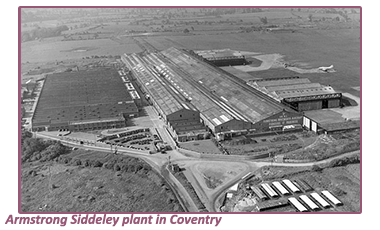 During the Second World War, as was standard practice throughout the United Kingdom, output at the Armstrong Siddeley plant was wholly devoted towards helping the war effort, with all aspects of commercial production put on hold until the end of hostilities.
During the Second World War, as was standard practice throughout the United Kingdom, output at the Armstrong Siddeley plant was wholly devoted towards helping the war effort, with all aspects of commercial production put on hold until the end of hostilities.
With a return to peacetime conditions, Armstrong Siddeley, never well-known for their rapid reaction abilities, surprised a few people in the auto industry by announcing the release of one of the first of the postwar British cars,
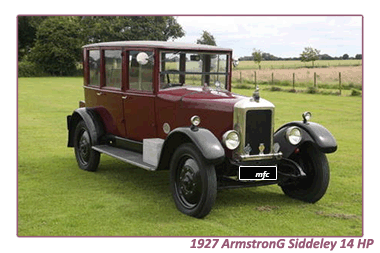 This was the 2-litre Hurricane drophead coupe, that was followed rapidly by the Lancaster saloon.
This was the 2-litre Hurricane drophead coupe, that was followed rapidly by the Lancaster saloon.
As tribute to Armstrong Siddeley's long-running connections to the Royal Air Force, these two cars were named after the renowned fighter and bomber aircraft, which had played a tremendous part in helping Britain to survive the challenges of World War II.
Both these models sold well, thanks to their advanced styling, despite being slightly underpowered. Armstrong Siddeley's development team put that right in 1949 when engine size was increased to 2.6-liter.
At the same time, the Whitley saloon, another famous aircraft name, was added to the range.
Having pulled out the stops to release these three new models, Armstrong Siddeley then typically took their time in releasing models.![]()
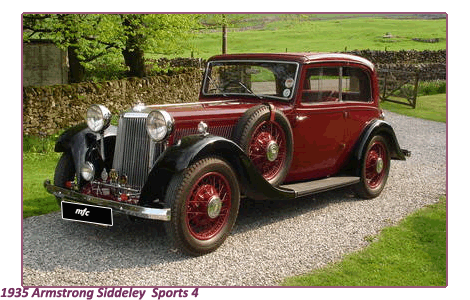
In fact, the next new model to be released by the company came in 1956, in the form of the 234 (a 2.3-liter four-cylinder) and its bigger brother the 236, fitted with an older designed but more powerful 2.3-liter six-cylinder engine.
Unfortunately for Armstrong Siddeley, the 234 and 236 Sapphires failed to create anything like the demand that the company had hoped. Their failure was even more stinging as substantial investments had been made to get these new models launched, with designs and technical specifications which they felt was more fitting to the mid-Fifties. To the company's great trepidition, the reaction from the market was lukewarm at best, with the consensus being that Sapphire’s designs were both too conservative while the car was too expensive in comparison to their primary competitors of that time.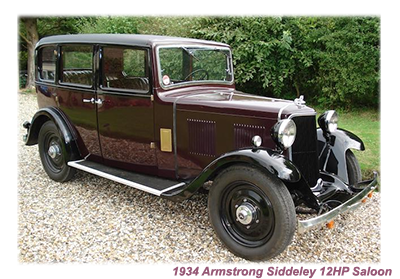 In the shade of this major setback, Armstrong Siddeley began to struggle, a situation that became even graver in 1958 when company’s fortunes failed to be enhanced by the release of the Star Sapphire, despite high expectations.
In the shade of this major setback, Armstrong Siddeley began to struggle, a situation that became even graver in 1958 when company’s fortunes failed to be enhanced by the release of the Star Sapphire, despite high expectations.
Often described as the best car that Armstrong-Siddeley ever produced, the Sapphire Star, was both sleek and fast, sat lower on the road and has lost some of the “frumpy” looks of the 234/236/346 series. Despite all the efforts made to move with the times, the Sapphire Star came a little too late to restore Armstrong Siddeley’s fortunes.
 Faced with the reality of the company not being capable of producing cars to suit any mass market, in July 1960, the financial management at Armstrong Siddeley saw no option but to just close the doors on the illustrious history of the company.
Faced with the reality of the company not being capable of producing cars to suit any mass market, in July 1960, the financial management at Armstrong Siddeley saw no option but to just close the doors on the illustrious history of the company.
Take me back to the home page


